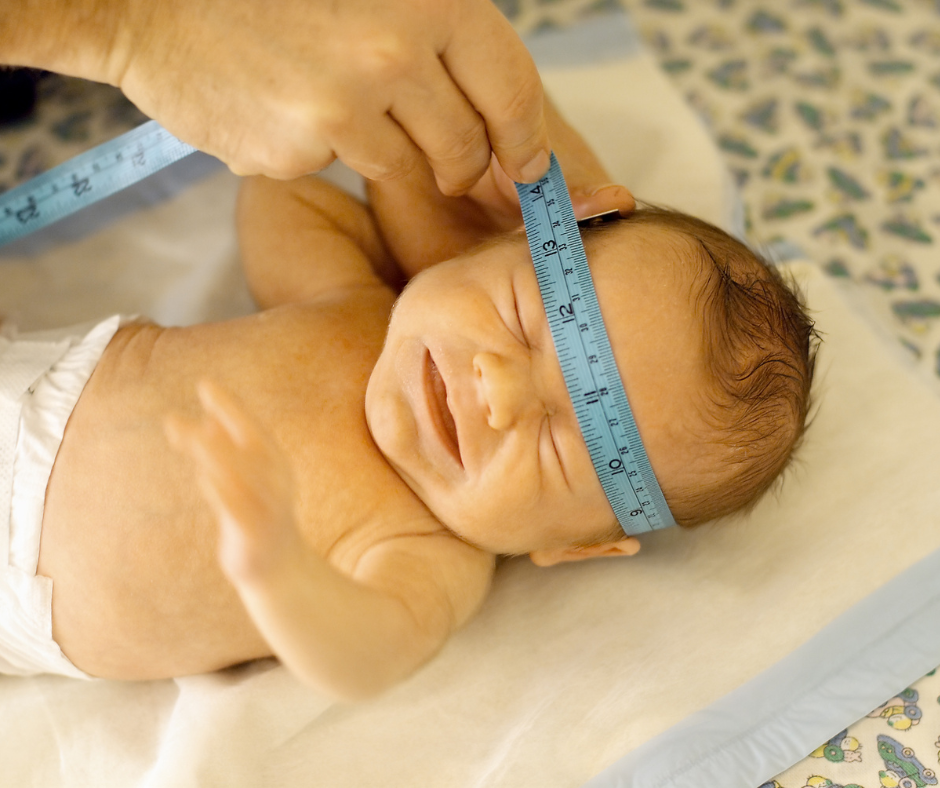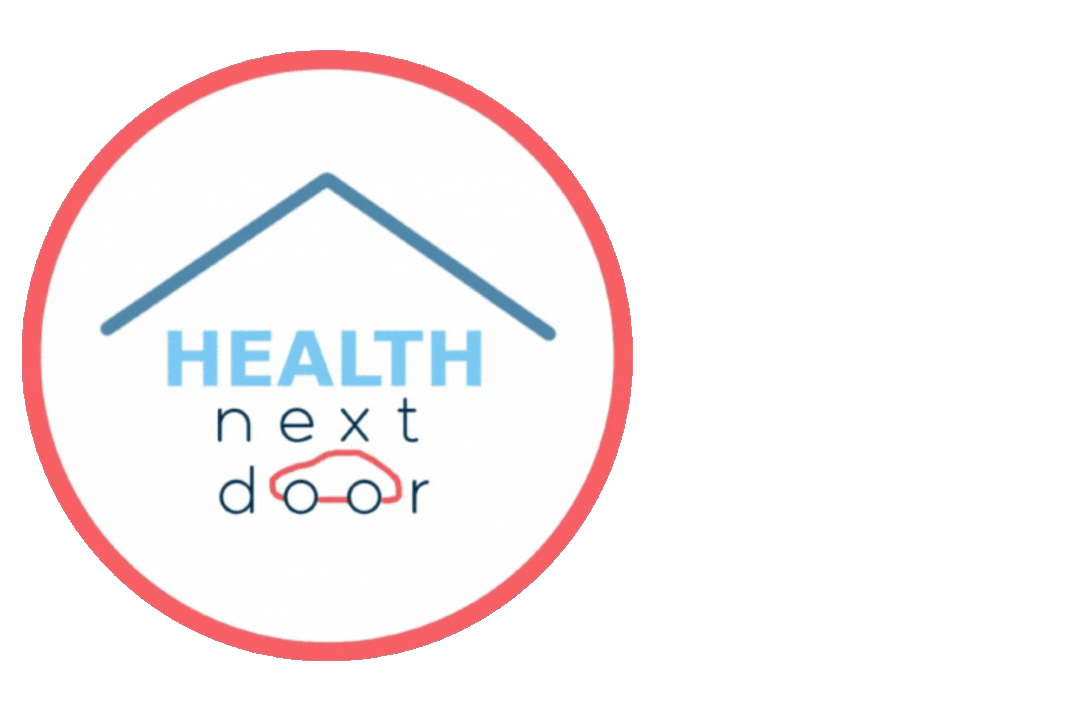What are treatments for Paediatric Orthopaedic Conditions?

Introduction:
Paediatric orthopaedic conditions can be challenging for both children and their families. These conditions can affect a child's growth, development, and overall well-being. Physiotherapy, also known as physical therapy, plays a crucial role in managing and treating these conditions, aiming to restore function, alleviate pain, and improve quality of life. In this blog post, we'll explore some common paediatric orthopaedic conditions and the physiotherapy approaches that can help in their healing.
Common Paediatric Orthopaedic Conditions
Developmental Dysplasia of the Hip (DDH): DDH is a condition where the hip joint doesn't form properly in babies and young children. It can range from mild instability to dislocation of the hip joint.
Juvenile Idiopathic Arthritis (JIA): JIA is the most common type of arthritis in children. It causes joint inflammation and stiffness, which can affect a child's mobility and function.
Scoliosis: Scoliosis is an abnormal curvature of the spine, which can develop during childhood or adolescence. It may require physiotherapy to manage pain and improve posture.
Cerebral Palsy (CP): CP is a group of disorders that affect movement and posture. Physiotherapy is crucial in managing spasticity, improving range of motion, and enhancing motor skills.
Osgood-Schlatter Disease: This condition causes pain and swelling below the knee due to overuse of the quadriceps muscles. Physiotherapy focuses on reducing pain and improving strength.
Physiotherapy Approaches for Paediatric Orthopaedic Conditions
Assessment and Individualized Treatment Plans: Physiotherapists assess the child's condition, including their range of motion, strength, and functional abilities. They then develop customised treatment plans to address specific needs.
Exercise Programs: Targeted exercises are prescribed to improve muscle strength, joint flexibility, and overall mobility. These exercises are often tailored to be fun and engaging for children to encourage compliance.
Manual Therapy: Techniques such as joint mobilisations and soft tissue massage can help reduce pain, improve joint function, and promote healing.
Gait Training and Mobility Aids: Physiotherapists help children learn to walk and move more efficiently. They may also recommend mobility aids such as orthotics or braces to support proper alignment.
Pain Management Strategies: Modalities like heat/cold therapy, ultrasound, and TENS (transcutaneous electrical nerve stimulation) can be used to manage pain and discomfort.
Education and Home Exercise Programs: Physiotherapists educate families about the condition and provide home exercise programs to support ongoing progress and maintenance.
The Role of Physiotherapy in Paediatric Orthopaedic Care
Physiotherapy plays a vital role in managing paediatric orthopaedic conditions by promoting physical development, minimising pain, and maximizing functional abilities. It is often part of a multidisciplinary approach that may include paediatricians, orthopaedic surgeons, and occupational therapists, among others.
By focusing on early intervention and individualised care, physiotherapy helps children achieve their optimal physical potential and improve their quality of life. It empowers families with the knowledge and tools they need to support their child's health and well-being.
In conclusion, physiotherapy is an essential component of the treatment plan for many paediatric orthopaedic conditions. Through a combination of therapeutic exercises, manual techniques, and patient education, physiotherapists help children recover from injuries, manage chronic conditions, and enhance their overall physical function.
For more information on how physiotherapy can benefit children with orthopaedic conditions, or to schedule a consultation, contact Health Next Door today.
Contact Health Next Door:
www.healthnextdoor.com.au/contact-us


.png?width=50&height=50&name=WhatsApp_Image_2024-03-29_at_13.48.58_f7740a48__1_-removebg-preview%20(1).png)